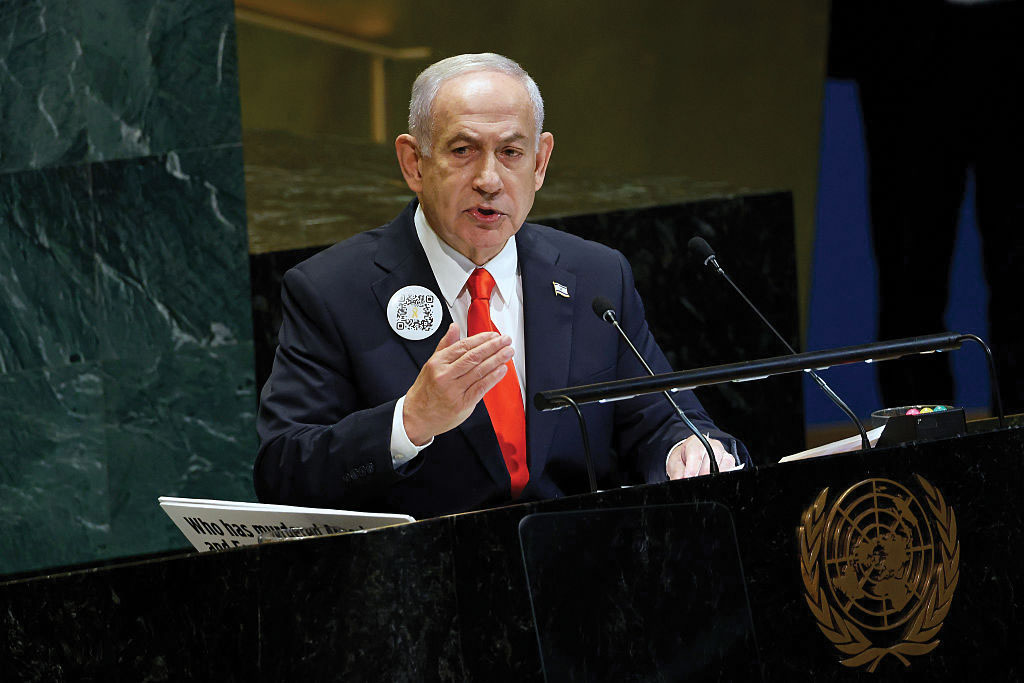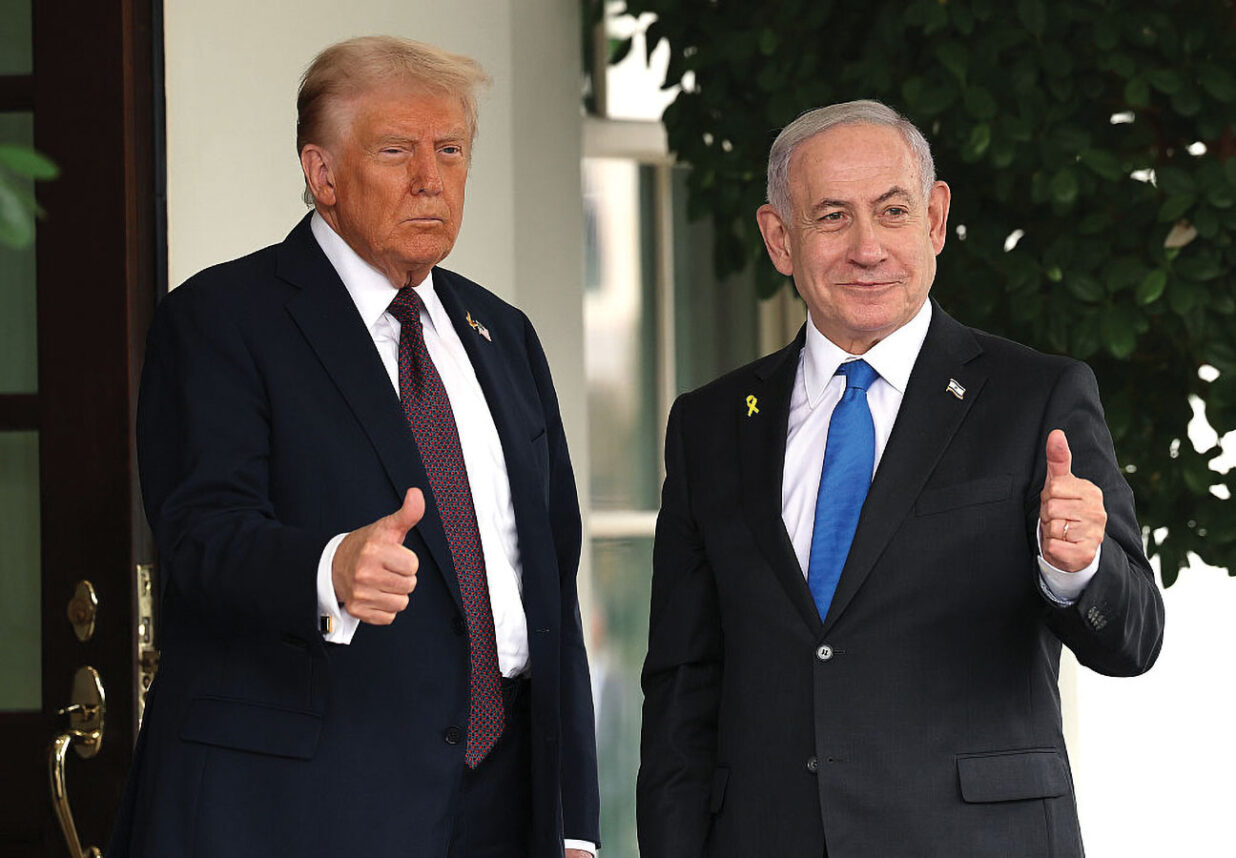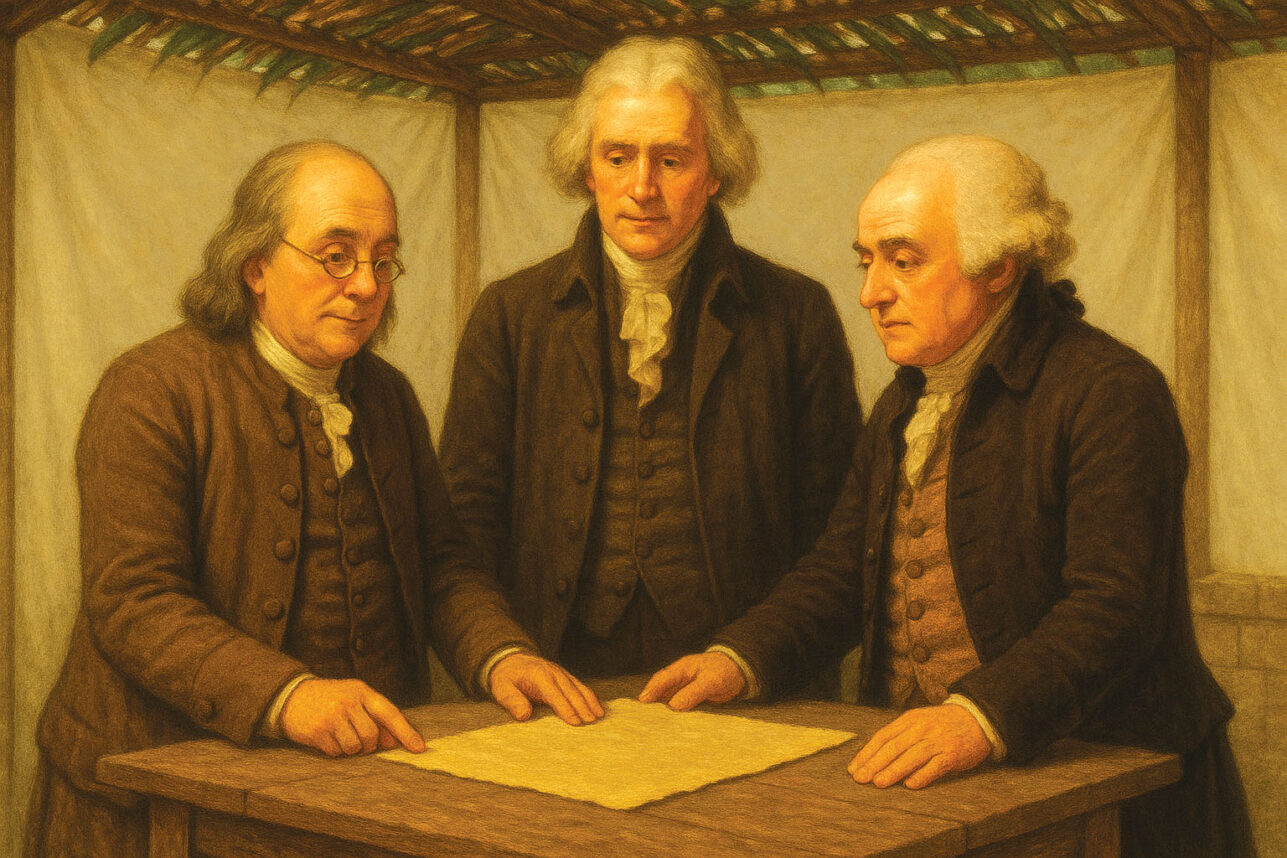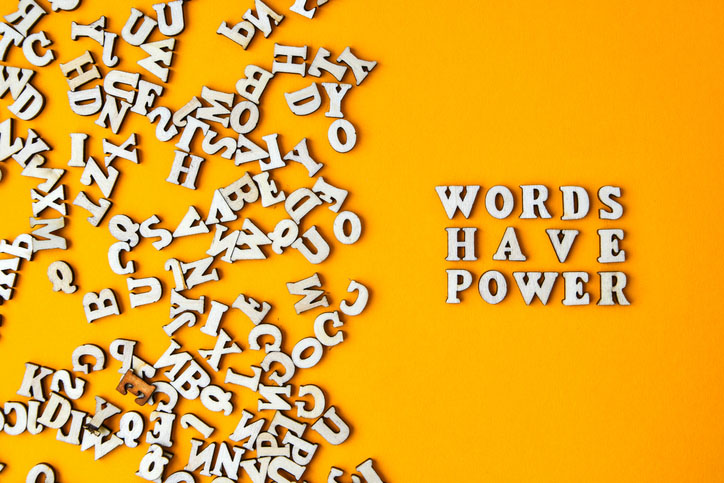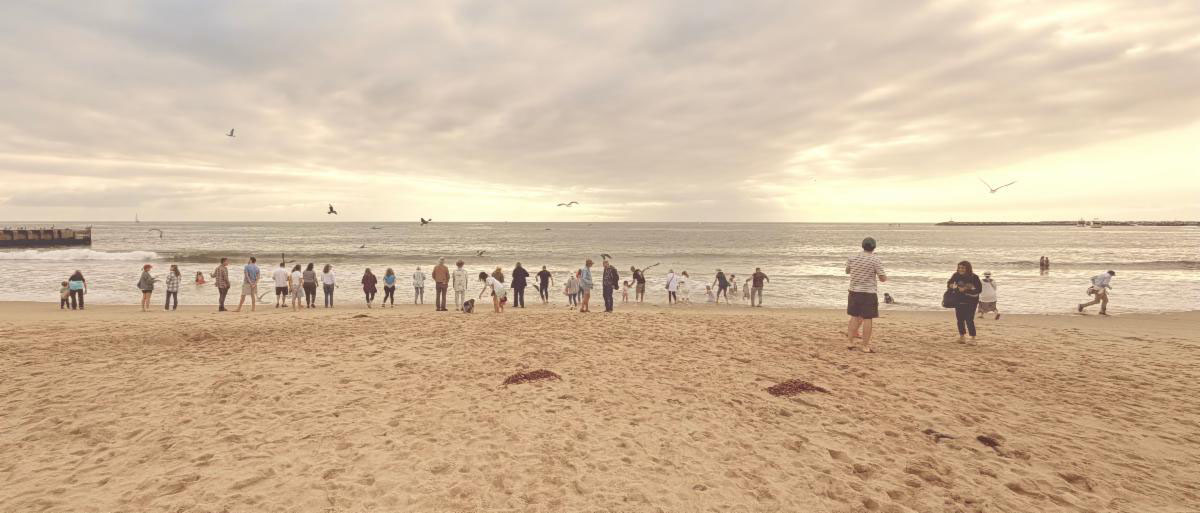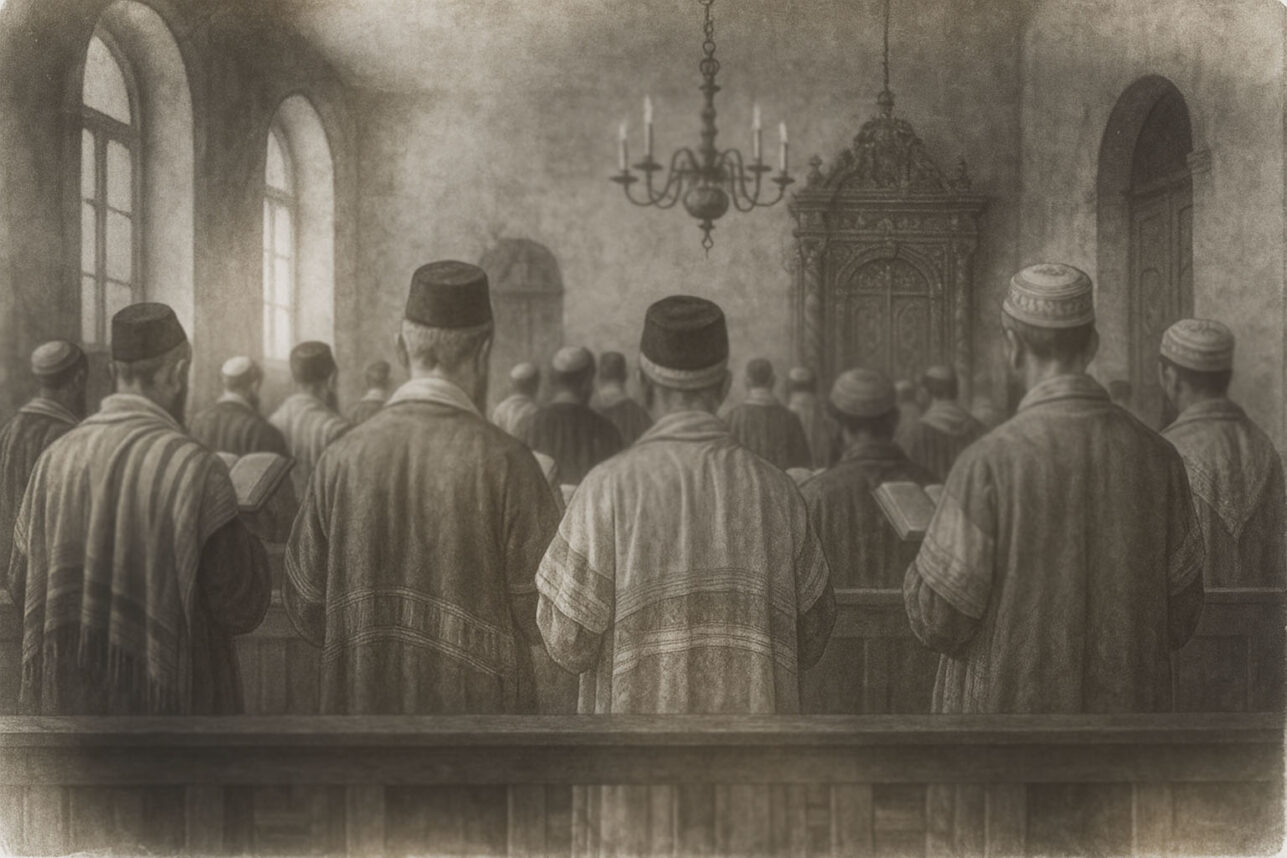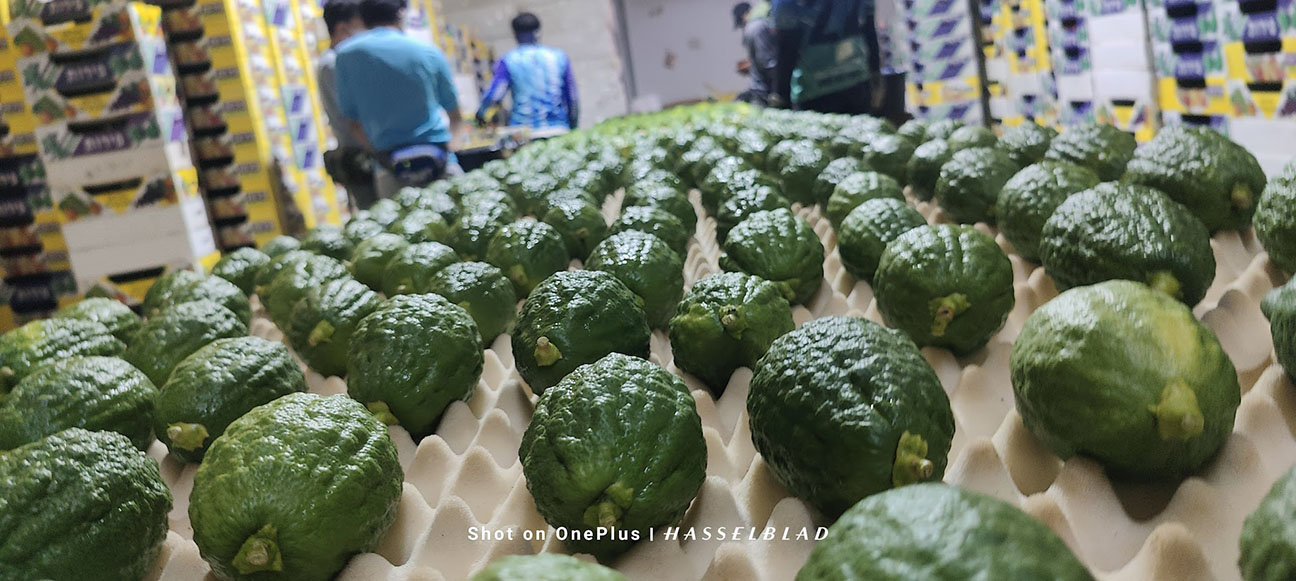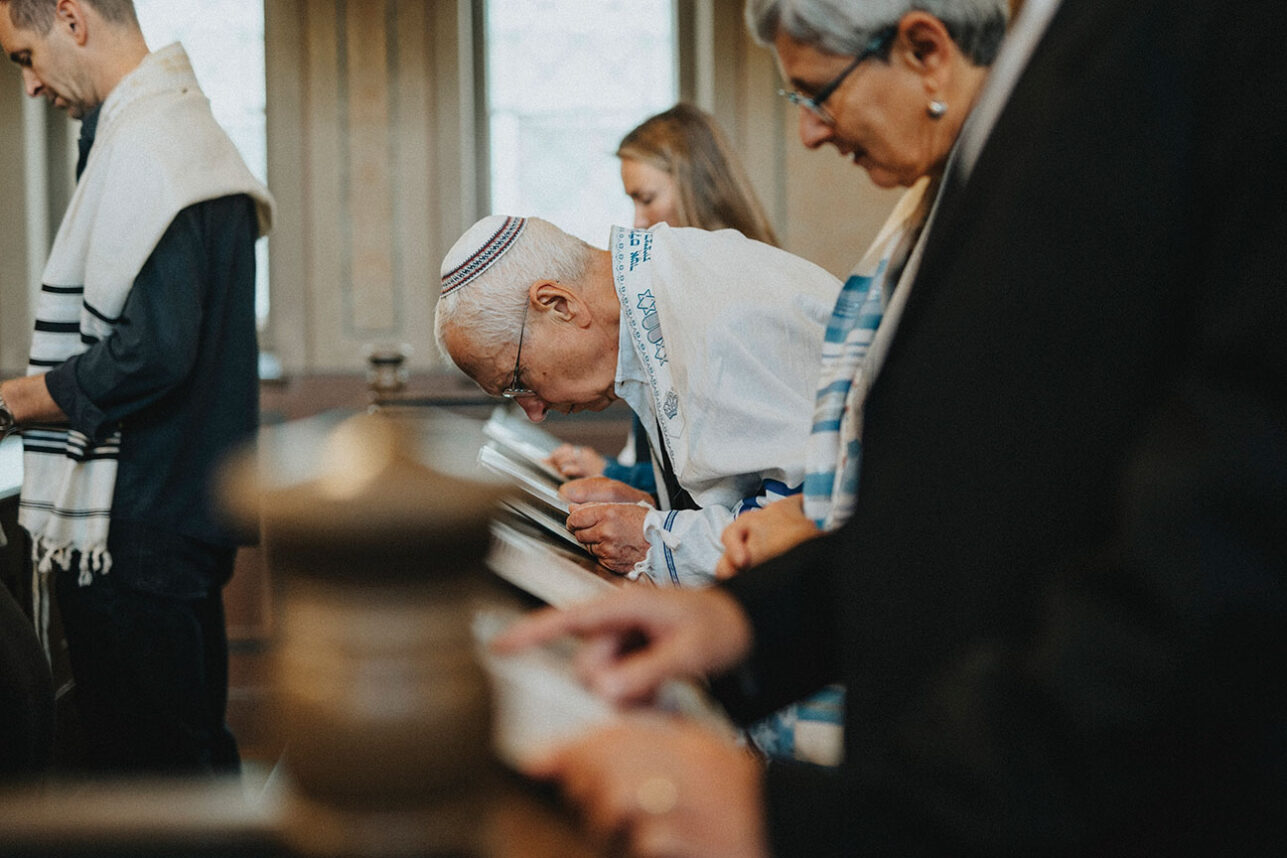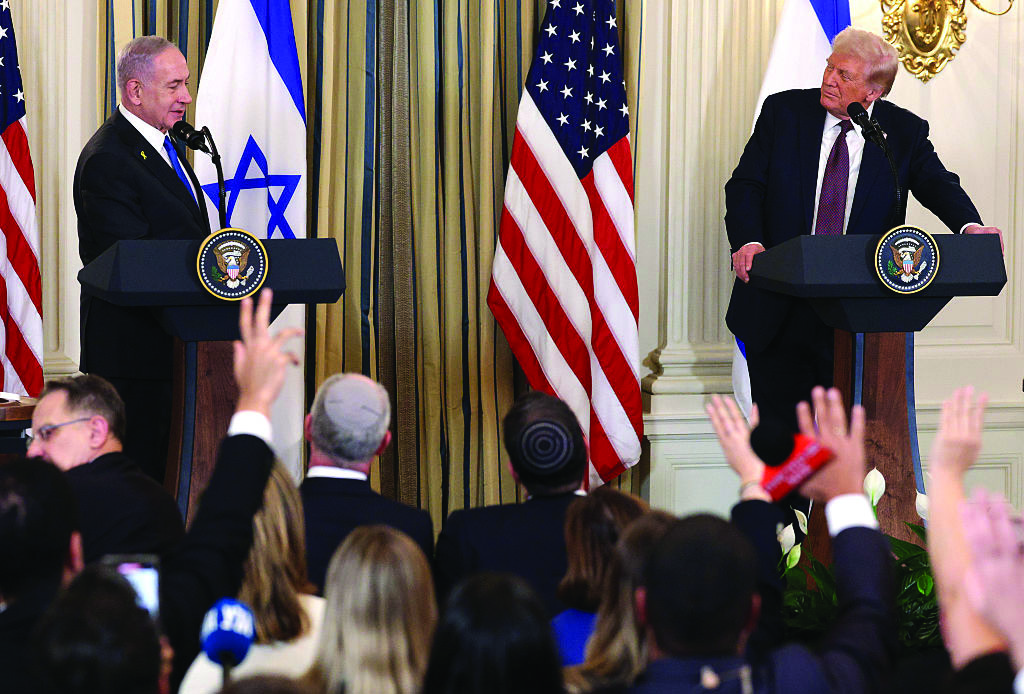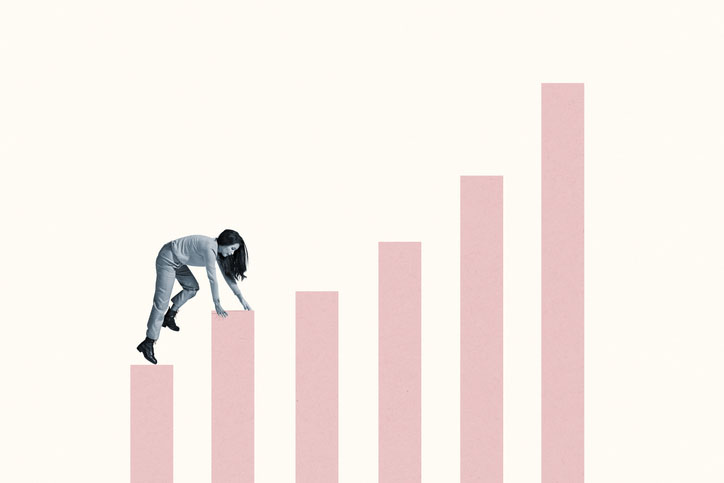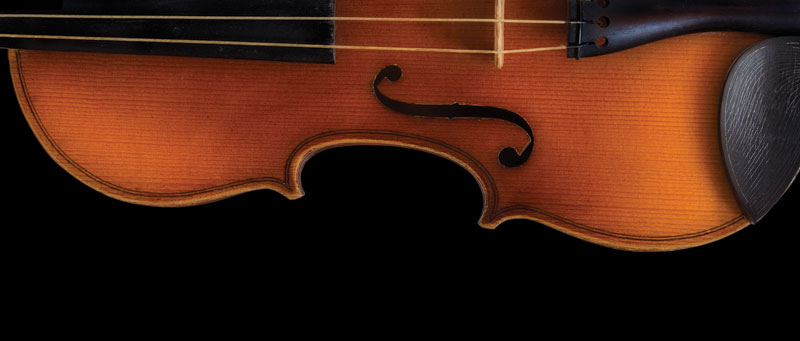Haggadahs are not just for Passover anymore.
As national education coordinator for the Jewish National Fund (JNF), Greg Litcofsky helped write a new Tu B’Shevat Haggadah, which the organization sent to 1,200 day and Hebrew schools as part of its “Tu B’Shevat in the Schools” program.
Prayers, songs and readings based on earth-friendly practices — as well as activities such as learning how to dance the “Mayim,” the Jewish dance for water — are part of the brightly colored haggadah.
The seder, which is targeted for kindergartners through eighth- graders, is designed to last approximately 45 minutes.
“We had one four years ago. It was a very thorough haggadah, but it was too long,” says Russell Robinson, JNF’s executive vice president.
The holiday was created in ancient times as a way to mark the beginning of the fiscal year used for keeping track of agricultural produce so that 10 percent could be set aside for the support of the priestly class and the poor.
After the destruction of the Second Temple in 70 C.E., the holiday was rarely celebrated until the 16th century, when mystics in Safed rejuvenated the festival.
Later, Jewish pioneers in 19th century Palestine linked the environmentalism of Tu B’Shevat specifically with the practice of planting trees in the Holy Land.
In recent years, Tu B’Shevat has been adopted by Jewish environmentalists as a kind of “Jewish Earth Day,” which includes seders, tree-plantings and ecological restoration activities as a way to express a specifically Jewish commitment to protecting the earth.
“As the environmentalist movement grew, people really started saying, ‘What is the Jewish response?’ But there already was a Jewish response,” Robinson says.
JNF has also been making that link for decades through its Tu B’Shevat school programs, which encourage children to celebrate the holiday by collecting money to have trees planted in Israel.
In recent years, JNF has placed new emphasis on environmental protection and education: It has constructed more than 100 water projects in the past decade and hopes to double that number in the next five years. It also works on cleaning up polluted rivers, preserving Israel’s parkland, and improving Jewish environmental education in both Israel and the United States.
The new haggadah also reflects this effort. While JNF has produced Tu B’Shevat Haggadahs on and off since at least the 1920s, Robinson says, this is the first time that the group has incorporated it into its Tu B’Shevat school program.
The haggadah itself is also significantly changed.
While it still ties the holiday to JNF and to Israel, it is much more interactive than past haggadahs.
“It gives the students a new level of appreciation for Tu B’Shevat and incorporates the difficult concept of spirituality” on a level appropriate for young children, Litcofsky says.
JNF has also made several other improvements to its school program this year.
These changes include a full-color newsletter featuring games and information about the holiday for each student, which it produced in conjunction with yourpage.org, a Jewish Web site aimed at children.
Litcofsky says the new program is much easier for the schools to use.
While in previous years the schools had to make copies of the tree-planting forms and keep track of the money, JNF now provides an individual form and envelope for each student.
These changes have led to a dramatic increase in school participation in the program. “By this time last year, we had 50 schools who had sent orders in,” Litcofsky says. “This year, we have about 350.”
Next year they hope to expand the program even further. “We’re throwing around the idea of translating it into Hebrew for older day- school children to use it,” he says.
For more information about JNF’s Tu B’Shevat Haggadah,
please visit
Did you enjoy this article?
You'll love our roundtable.
Editor's Picks
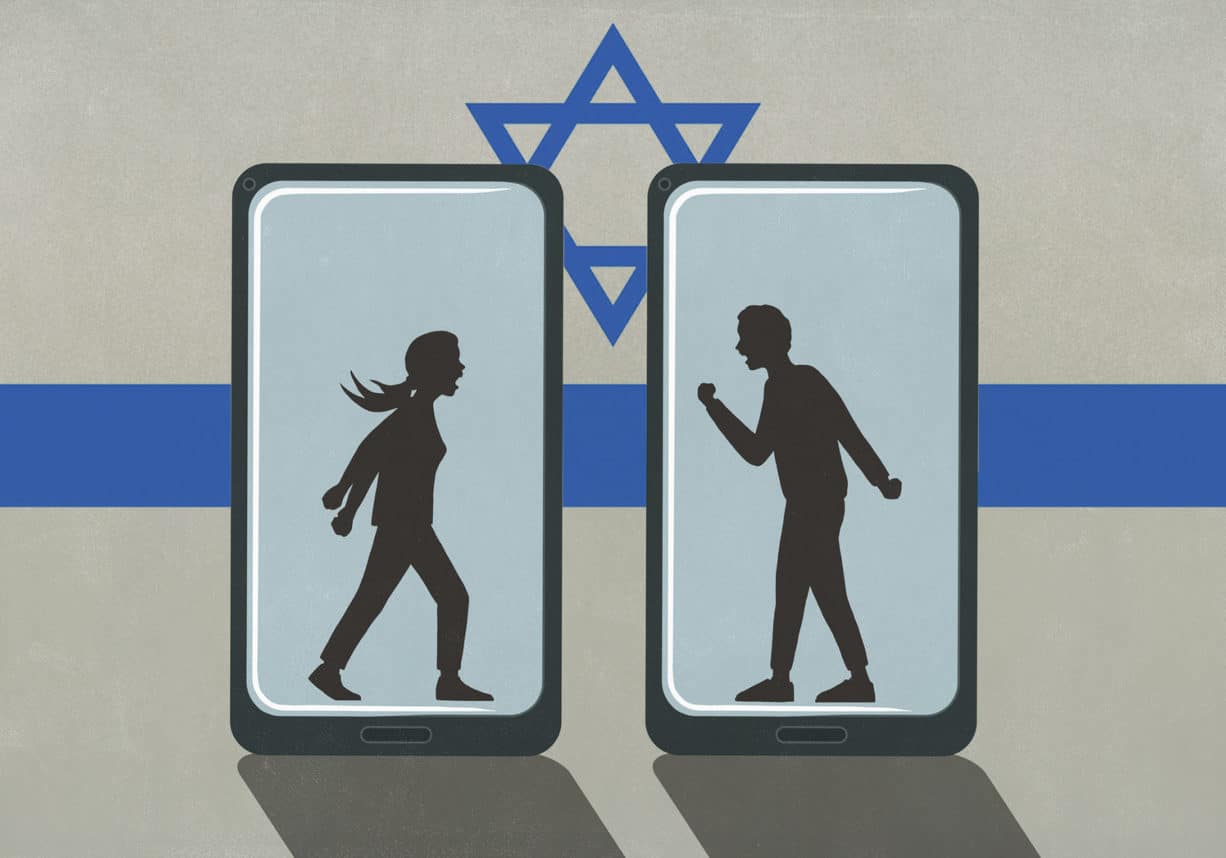


What Ever Happened to the LA Times?
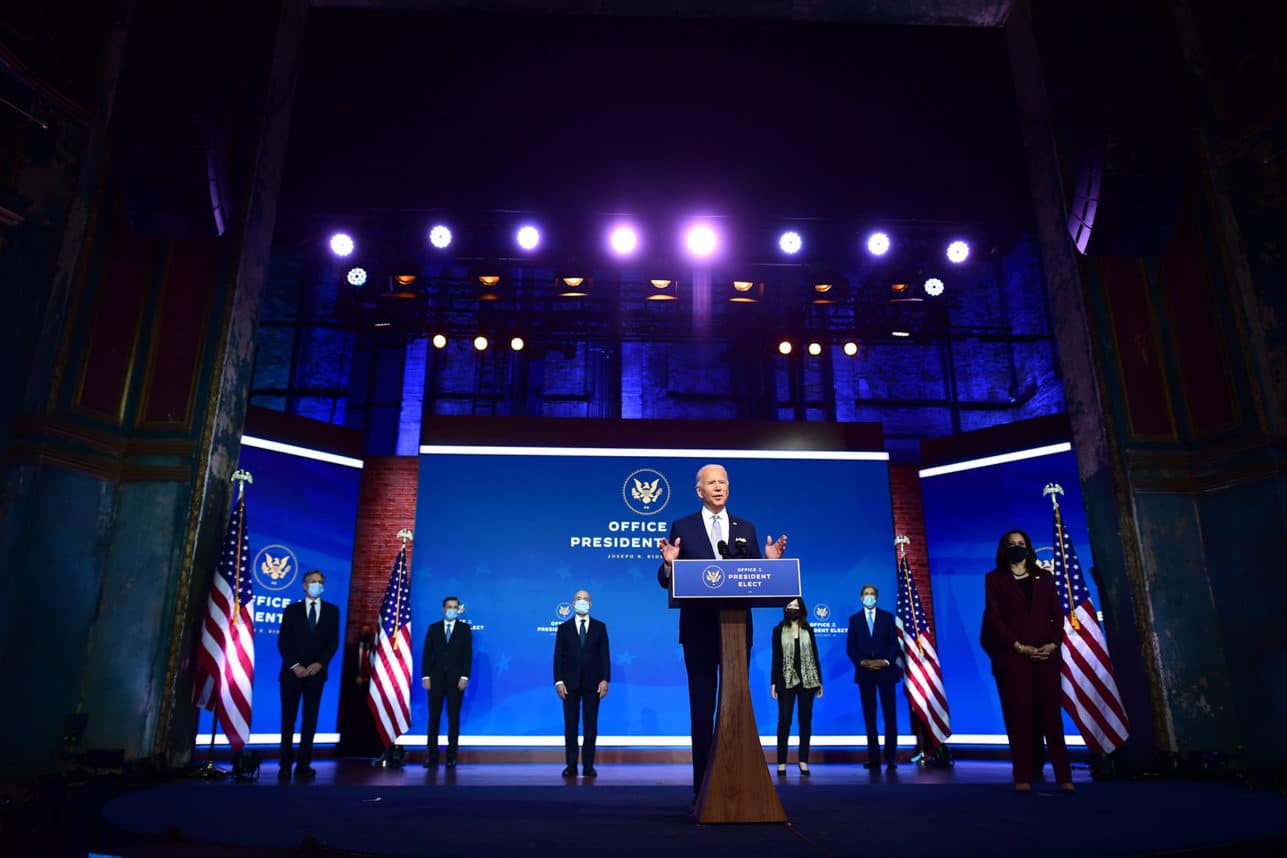
Who Are the Jews On Joe Biden’s Cabinet?


No Labels: The Group Fighting for the Political Center
Latest Articles
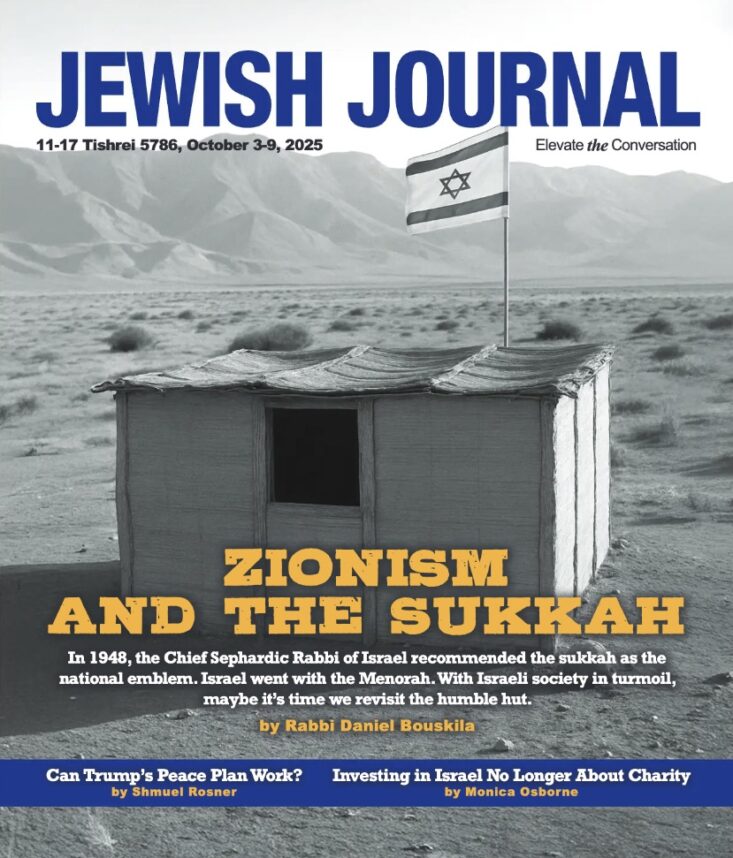
Print Issue: Zionism and the Sukkah | October 3, 2025

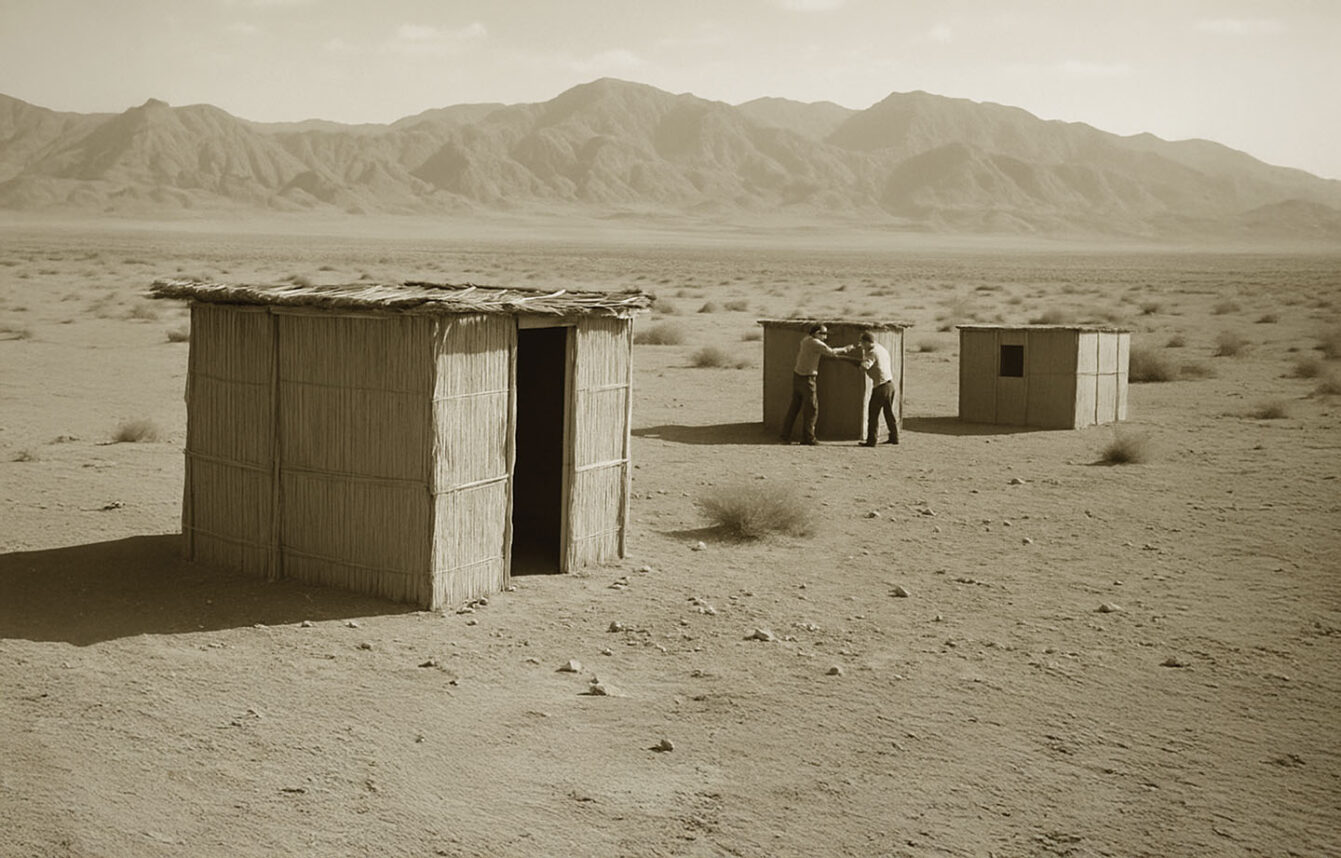
Zionism and the Sukkah: Humility, Unity and the Soul of the Jewish State
